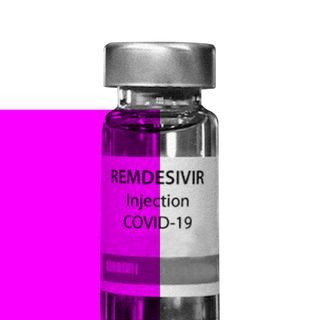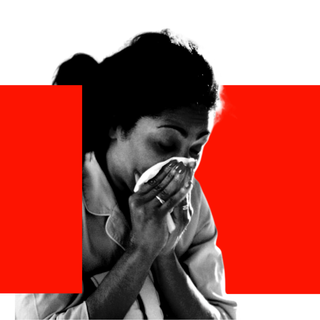Rural India continues to struggle with a severe shortage of medical specialists, according to the Rural Health Statistics Report (2019-20) released yesterday. The government report shows a marginal improvement in the number of specialists — surgeons, gynecologists, pediatricians, amongst others — in rural areas, but the situation is still concerning as the gap between the demand and availability of doctors still remains huge, depriving millions of people access to basic healthcare.
The country, according to the report, needs more than 13,000 specialists in public health care centers but is currently operating with a shortfall of over 6,000 doctors — doctors are more likely to practice in private, urban settings is one of the reasons cited. There is a lack of 79% of surgeons, 70% of obstetricians and gynecologists, and 78% of physicians and pediatricians — rounding up to an overall 76% shortfall in the number of specialists in community health centers in rural areas. Community health centers are the touchpoint to access healthcare facilities, including diagnostics, check-ups, and medication — for almost 500 million people in rural India.
The data also shows that some states face a more severe shortage than others. Gujarat and Madhya Pradesh are short of almost 1,000 specialists each; West Bengal requires 380 specialists, but currently only has 133. The findings suggest that India’s attempts to expand healthcare coverage to rural parts, under the National Rural Health Mission (NRHM), are still falling short. NRHM was launched in 2005 to bridge the gap between policy and implementation of healthcare policies, but the shortage of specialist doctors indicates that there’s a lot more work to be done.
Related on The Swaddle:
On the Brahmaputra’s Islets, Health Care Is as Unreliable as the Ground Underfoot
The number of health and wellness centers in rural India is concerning as well: the current functional number of healthcare centers is a touch more than 38,000. The current government, however, intends to set up more than 150,000 rural healthcare centers by 2022 under the Ayushman Bharat health program, which is a two-year-old initiative aiming to provide free access to healthcare.
Interestingly, in comparison to the shortfall of specialistic doctors, Ayurveda, Yoga and Naturopathy, Unani, Siddha, and Homeopathy (AYUSH) specialists are far better represented in rural areas. Their number has increased by 40% since the last year; currently, they are short of only 700 doctors towards their goal to meet over 5,000 specialists.
This disparity — of a growing number of AYUSH doctors and a lack of allopathic (science-based) doctors — disturbs rural individuals’ ability to access a comprehensive healthcare model. In situations like maternal health complications and pediatric complications, which require the assistance of a doctor trained in science-based medicine, the lack of institutional support positions beneficiaries of healthcare in a vulnerable position.




